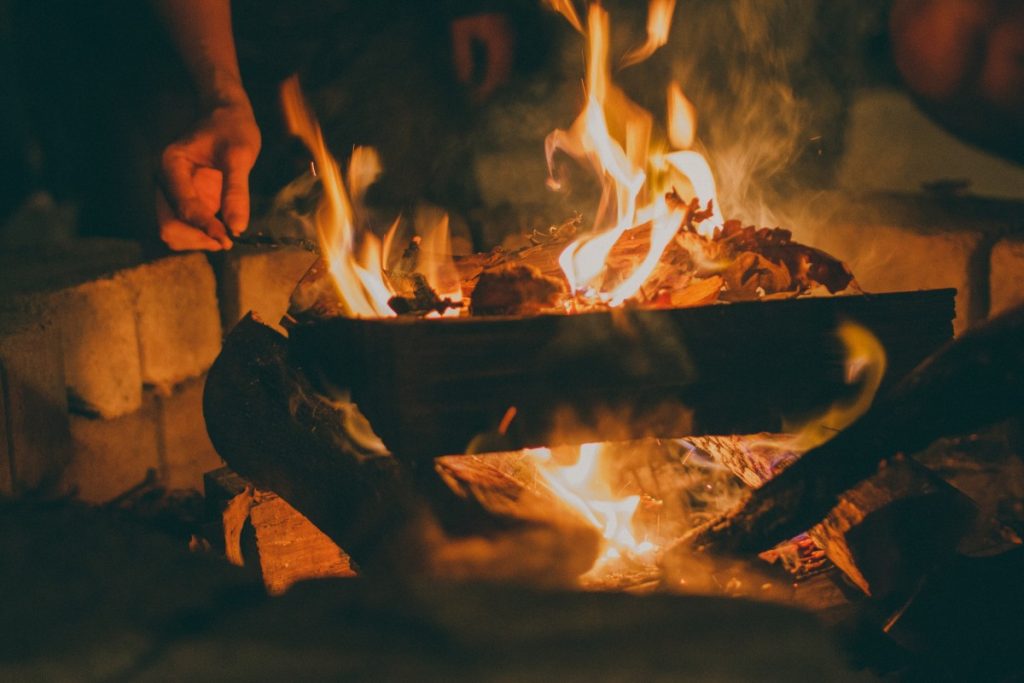With wildfire season upon us, northern Arizona is facing an increased threat of fire after an especially dry winter. The National Weather Service has issued a red flag warning for all of northern Arizona.
A dry cold front will bring stronger southwest winds to Flagstaff this weekend. Though temperatures will be noticeably cooler, very dry conditions will continue, increasing the threat of critical fire weather.
There are several steps that can be taken by everyone to stay safe and prevent fires:
- Dry conditions mean fires can erupt from the smallest spark, such as cigarette butts or extreme heat from a grill. While smoking is not allowed on campus, areas close to campus, like urban trails, are at risk of fire. Please always put cigarettes out all the way before discarding in the trash.
- If you are cooking with a grill, do not leave active grills unattended.
Camping guidelines:
- Check on fire restrictions and/or closures before you camp.
- Only build campfires within a fire ring or ring of rocks when not in a designated campground.
- Clear all vegetation away from the fire ring, including flammable materials such as needles, leaves and sticks.
- Keep your campfire small by slowly feeding it sticks and wood.
- Keep plenty of water and a shovel nearby to throw dirt on the fire if it gets out of control.
- Never leave a campfire unattended; wind can cause a fire to spread quickly.
- Contact 911, the local fire department or the park service at the first sign a fire is losing control—do not wait.
How to correctly put out a campfire:
- Drown the campfire with water.
- Mix the ashes and embers with soil.
- With a shovel or large stick, stir the embers after they are covered with water to make sure everything is wet.
- After the smoke has subsided, feel the coals, embers, partially burned wood and rocks in and around the fire ring to make sure everything is cool to the touch. If it’s too hot to touch, it’s too hot to leave.
- Add more water and check the area for possible embers.



